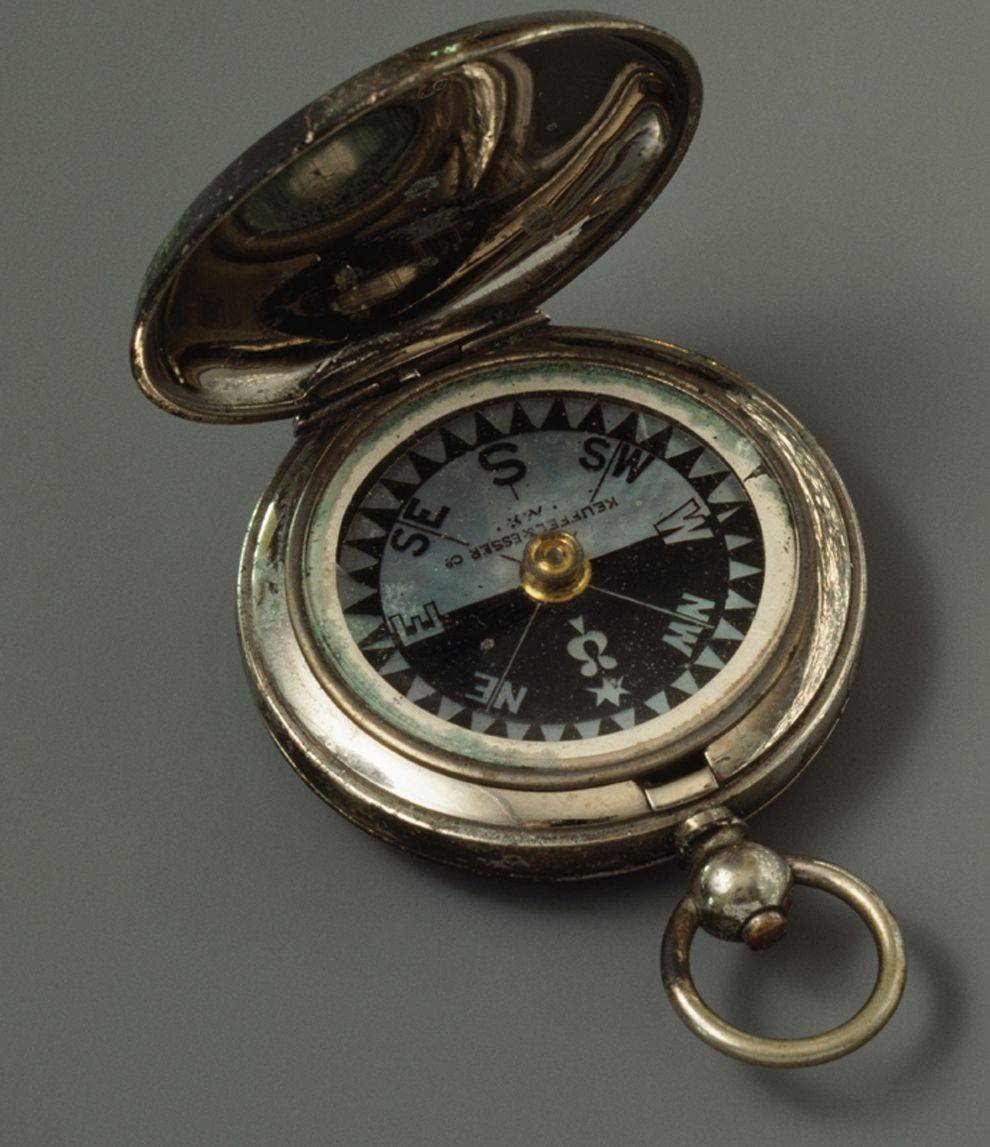The attractive compass was first created as a gadget for divination as right on time as the Chinese Han Dynasty and Tang Dynasty (since around 206 BC). The compass was utilized in Song Dynasty China by the military for navigational orienteering by 1040–44, and was utilized for sea route by 1111 to 1117.
How did the compass influence world history?
The compass changed mankind's history. With so much apparatuses as a compass, voyagers could circumvent the world, investigating places that were obscure to their societies. ... With business as an industrialist main impetus, mariners associated the world. In any case, before the twelfth century, exchange and correspondence were moderate and sporadic.
 Image-Google
Image-Google
#27 Intresting Compass Facts:-
1. A compass is a device used for navigation.
2. The compass is one of the Four Great Inventions from Ancient China.
3. The compass was first used in China by the Han Dynasty between 20 BC and 20 AD.
4. A compass shows you the relative direction of one of the four cardinal directions.
5. A magnetic compass uses the Earth's magnetic field.
6. A gyrocompass uses the Earth's rotation.
7. Compasses have a diagram on them known as a compass rose.
8. A compass rose diagram can contains the four cardinal directions and may also include the four intercardinal directions
and even the eight secondary intercardinal directions.
9. The four cardinal directions are north, south, east and west.
10. On a compass, "N" stands for the cardinal direction north.
11. On a compass, "S" stands for the cardinal direction south.
12. On a compass, "E" stands for the cardinal direction east.
13. On a compass, "W" stands for the cardinal direction west.
14. The four intercardinal directions are northeast, northwest, southwest and southeast.
15. On a compass, "NW" stands for the intercardinal direction northwest.
16. On a compass, "NE" stands for the intercardinal direction northeast.
17. On a compass, "SW" stands for the intercardinal direction southwest.
18. On a compass, "SE" stands for the intercardinal direction southeast.
19. The eight secondary intercardinal directions are north-northwest, north-northeast, south-southwest, south-southeast, east-northeast, east-southwest, west-southwest and west-northwest.
20. On a compass, "NNW" stands for the secondary intercardinal direction north-northwest.
21. On a compass, "NNE" stands for the secondary intercardinal direction north-northeast.
22. On a compass, "SSW" stands for the secondary intercardinal direction south-southwest.
23. On a compass, "SSE" stands for the secondary intercardinal direction south-southeast.
24. On a compass, "ENE" stands for the secondary intercardinal direction east-northeast.
25. On a compass, "ESE" stands for the secondary intercardinal direction east-southwest.
26. On a compass, "WSW" stands for the secondary intercardinal direction west-southwest.
27. On a compass, "WNW" stands for the secondary intercardinal direction west-northwest.
 Image-Google
Image-Google